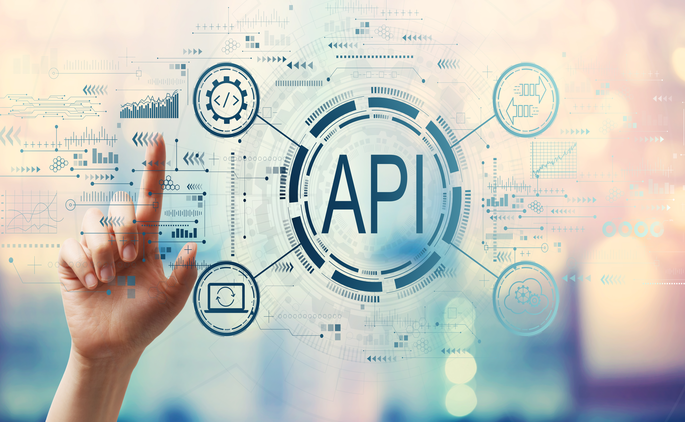A glance at API Development Lifecycle while deploying cloud services.

A glance at API Development Lifecycle while deploying cloud services.

 The API First approach?
The API First approach?API first approach accommodates the Application Programming Interfaces (APIs) in the application on priority. The API is built first before building the binding application. With ever-fluctuating business scenarios, companies are embracing the power of Microservices, implemented with the cloud. DevOps is the booming thunder in the techies. Typical monolithic development is not sustainable when it comes to CD/CI processes in DevOps. To propel the pace of development for serverless architecture, cloud, and edge computing API’s first approach is aptly competent.
The Virtues: The paybacks that API first approach offers are -
API lifecycle management: Just like the project, API also morphs itself across different life cycle stages right from design to retirement. This is for the palpable reason of keeping them maintainable. The various life cycle stages are discussed in the following section.
API life cycle stages:
The API life cycle can be viewed from the lens of two perspectives –The developer and the consumer.
For the developers, the lifecycle looks like
Design->Develop->Secure->Test->Deploy->Publish->Monitor and Monetize->Retire
Design:
In this phase, the APIs are designed considering various perspectives like- Architecture, Request-Response, and Security. The APIs can be REST or WEB APIs. API gateways can be identified that handle the API calls from the client and routes them to the corresponding Microservices.
Develop:
This includes API development in Computer Languages.
Secure: The APIs are bound to various authentication and accessibility permissions from the point of security. The API gateways may take care of the security aspect. Web APIs can be made secured using technologies like OAuth (Open Authorization) or API keys. REST APIs are generally secured with TSL (Transport Layer security).
Test:
The code is tested for functional efficiency, resource efficacy as well as security.
Deploy:
In this phase, the API is deployed in the run environment and made available for the clients to use.
Monitor and Monetize: API is monitored for its efficacy in the Monitor phase. It may need some changes in CD/CI development environment. Monetization makes the API available to consumers with paid subscription plans. Both these phases will work till the API retires.
Retire:
The API is brought down in case of non-compatibility with the new environment or changes in the business need.
API marches through the following phases during its life cycle at the consumer’s end.
Discover->Evaluate->Subscribe->Integrate-> Optimize->Monitor-> Retire
Discover:
In this phase, the consumer hunts for suitable APIs for his project/application.
Evaluate:
The identified suitable APIs are evaluated for their suitability. The APIs are evaluated for the technical, business, as well as security aspects.
Subscribe:
Consumers can subscribe to the APIs by paying the subscription fees. The APIs are now made available to the consumer for use.
Secure:
The security on the client side includes identifying and stopping the API to fall prey to a hacker’s attack. Security can be manifold with the use of technologies like tokens, encryption, Gateway security, and /or third-party security options.
Integrate:
The APIs are now available for integration with the code on Consumer’s side.
Optimize:
The request can be raised for the API’s optimization from the client’s side.
Monitor:
The performance of the API is monitored continuously.
Unsubscribe:
When the APIs are no longer required, consumers can unsubscribe for the same.
APIs first is a flexible development approach when one thinks of deploying microservices on the serverless or another cloud environment. The approach is cost-effective and effort-saving for both the developers and the consumers. The API also hopscotches over the various life cycle stages from design to retirement.